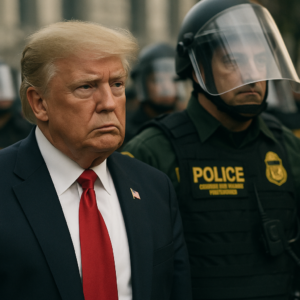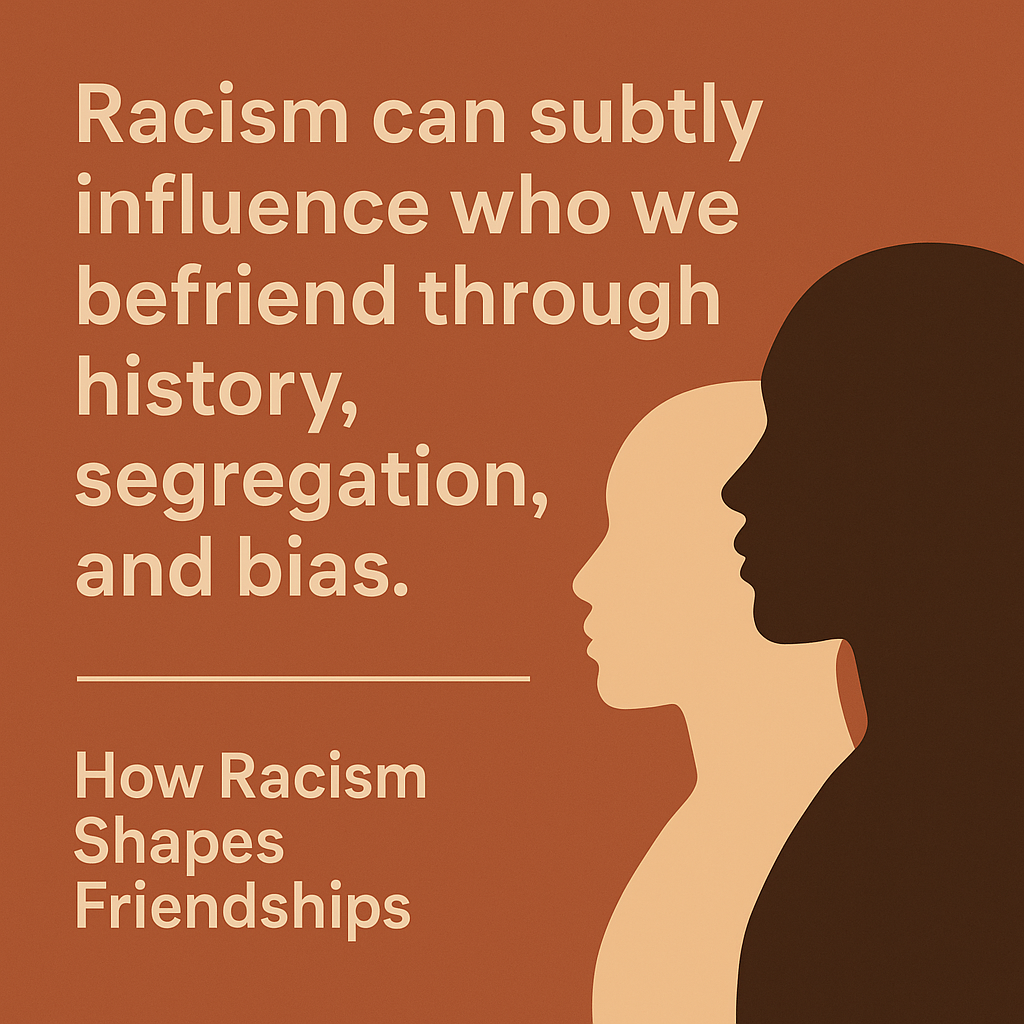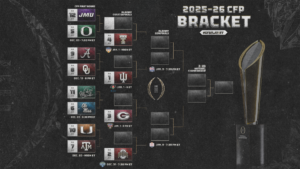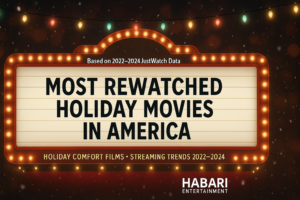When we think about racism, most of us picture discrimination in jobs, housing, or policing. But racism can also influence something far more personal: who we choose to be friends with. This isn’t always about obvious prejudice — often, it’s about the invisible forces that shape where we live, where we go to school, and who we meet in the first place.
The Role of History in Modern Friendships
For centuries, laws and policies in the United States — from segregation to redlining — dictated where people could live, go to school, and work. Even though many of those laws have been repealed, their effects remain.
-
Housing segregation means neighborhoods often remain racially homogenous.
-
School district boundaries keep students in largely same-race classrooms.
-
Workplace diversity gaps mean fewer opportunities for cross-cultural connections.
If you grow up, study, and work in environments where almost everyone shares your racial background, it’s not surprising your closest friendships reflect that.
Implicit Bias and Comfort Zones
Racism doesn’t have to be intentional to affect relationships. Implicit bias — the unconscious associations we make — can shape who we naturally gravitate toward. We may feel “more comfortable” with people who share our cultural references, language patterns, or life experiences, but this comfort is often built on limited exposure to difference.
Cultural Familiarity vs. Exclusion
Shared cultural touchpoints can strengthen bonds, but they can also be used as subtle barriers. When inside jokes, slang, or traditions aren’t explained or shared, outsiders may feel unwelcome. This can discourage diverse friendships before they even have a chance to form.
Peer Influence and Social Pressures
Friends and family can reinforce racial boundaries, whether by openly discouraging interracial friendships or through more subtle signals. Sometimes, people avoid friendships across racial lines simply to avoid conflict with their social circles.
Choosing Diversity Intentionally
The good news is that we can disrupt these patterns. Making an effort to meet people from different backgrounds — joining multicultural groups, participating in diverse community events, and being mindful of our own biases — can help build richer, more inclusive social circles.
Friendship is one of the most powerful human connections we have. By recognizing the quiet ways racism shapes who we let into our lives, we can make more conscious choices — and in the process, build communities that reflect the diversity and richness of the world we live in.











More Stories
Suspect Arrested After Deadly Tempe Marketplace Shooting Linked to Online Sale
JustWatch US Streaming Charts: Massive Stranger Things Surge and Hit Movie Wicked Dominate November Streaming Charts
Police ID two motorcyclists killed after fight, shooting and crash near I-17 in Phoenix